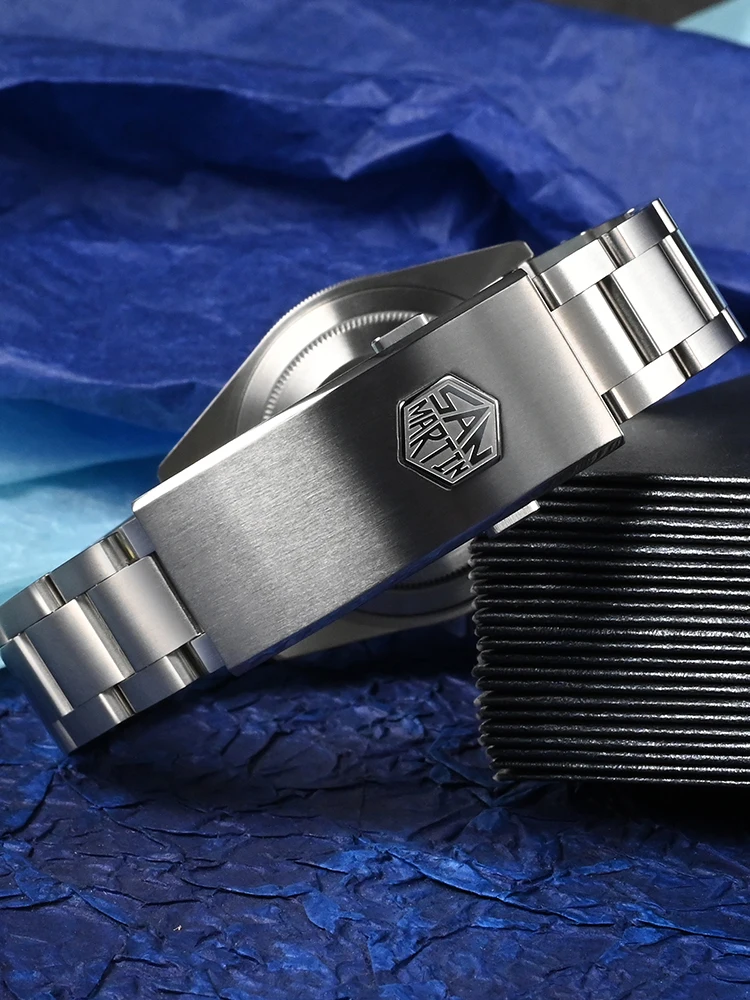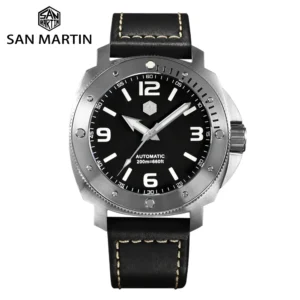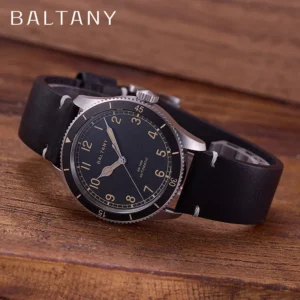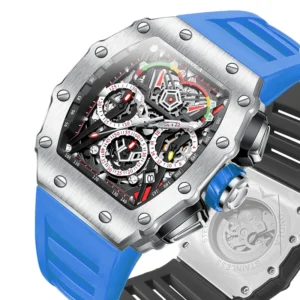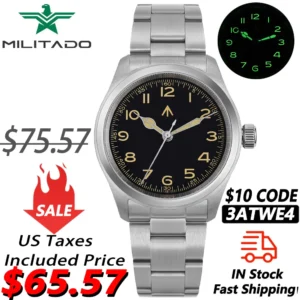1. Introduction: The Critical Importance of Readability in Tactical Watch Dials
When seconds count, the ability to quickly and accurately read your timepiece can make all the difference. Tactical watch dials serve professionals in military operations, deep-sea diving, aviation, and emergency services where split-second decisions are routine. These specialized timepieces aren’t merely accessories—they’re critical tools that must deliver clear information under extreme pressure.
Poor dial readability in these contexts isn’t just inconvenient—it can be dangerous. Misreading the time during military operations can compromise mission timing. For divers, inaccurate readings of elapsed time can lead to serious safety hazards. This is where human factors and ergonomics become essential, forming the foundation of effective tactical dial design.
The principles that make tactical elements in automatic watches so effective aren’t arbitrary—they’re based on decades of research into how humans perceive and process visual information under stress. Understanding what defines a tactical watch requires appreciating how every dial element must serve the primary function of instant readability.
In this article, we’ll explore the science behind tactical dial design, from typography and color theory to illumination systems and hand shapes—all working together to ensure you can tell the time at a glance, regardless of conditions.
2. Understanding Human Visual Perception in Tactical Environments
Human vision has specific limitations that become pronounced in tactical situations. Whether operating in blinding sunlight, near-darkness, underwater, or during rapid movement, our eyes process information differently under varying conditions.
Key visual perception factors in tactical environments include:
- Adaptation time: Eyes need 20-30 minutes to fully adjust between bright and dark environments, creating vulnerability during transitions
- Visual acuity reduction: Under stress, peripheral vision narrows and detail recognition decreases by up to 70%
- Contrast sensitivity: The ability to distinguish between similar colors and brightness levels diminishes under pressure
- Processing speed: High-stress situations reduce the brain’s ability to quickly interpret complex visual information
Cognitive load theory explains why minimizing mental effort in dial reading is crucial. When users are already managing multiple tasks—monitoring surroundings, making tactical decisions, or operating equipment—their mental resources for interpreting a watch face are limited. Each additional second spent deciphering a poorly designed dial increases risk.
The performance of automatic movements in tactical applications matters significantly, but even the finest movement is useless if its information can’t be quickly understood. This is particularly important when considering watch design for survival scenarios, where cognitive resources are already stretched thin by environmental stressors.
3. Essential Typography Elements for Highly Readable Dials
Typography forms the foundation of dial readability, with every character carefully optimized for instant recognition. While aesthetic considerations certainly matter, function must lead in tactical applications.
The most readable tactical dials incorporate these typography elements:
- Font selection: Sans-serif typefaces eliminate decorative elements that can cause confusion. Open letterforms maintain legibility at small sizes and in poor lighting
- Numeral design: Critical distinctions include creating clear differences between easily confused pairs like 3/8 or 6/9, with open counters (the enclosed spaces within characters)
- Appropriate sizing: Characters should occupy 20-30% of available viewing area for optimal recognition speed
- Contrast ratios: Military specifications often require at least 7:1 contrast between numerals and backgrounds, significantly higher than standard design requirements
- Strategic spacing: Properly spaced numerals prevent visual blending while maintaining a clean appearance
- Numeral systems: Arabic numerals generally offer faster recognition than Roman numerals in time-critical situations
The balance between legibility and aesthetics presents a particular challenge. Many automatic field and military watches demonstrate how practical typography can remain visually appealing while prioritizing functional requirements.
Type weight (thickness) selection depends on viewing conditions—medium weights typically perform best across varied lighting, while heavier weights can improve low-light visibility but may create visual crowding in daylight.
4. Scale Design and Marker Layouts for Instant Recognition
The arrangement and design of markers on a tactical watch dial create a visual framework that guides the eye and enables rapid time assessment. Effective scale design eliminates the need to count or calculate—the information should be immediately apparent.
Key principles for optimal scale design include:
- Hierarchy of markers: Hour markers should clearly dominate, with minute tracks providing precision without visual competition
- Cardinal point emphasis: Distinctive markers at 12, 3, 6, and 9 provide immediate orientation references
- Scale divisions: Logical intervals prevent the need for mental calculation (5-minute or 15-minute increments)
- Subdial integration: Secondary dials for chronograph functions or complications must maintain visual harmony without creating confusion
- 24-hour scale applications: Military operations often utilize 24-hour formats, requiring special consideration for clear differentiation between AM/PM periods
The relative size and shape of markers create a visual language that the brain processes almost automatically. Triangle markers at 12, rectangular bars at cardinal points, and dots at remaining hours create pattern recognition that works even in compromised visibility.
Luminosity in tactical automatic watches enhances these design elements, ensuring the scale system remains functional across all lighting conditions. The most effective designs maintain consistency between daylight and illuminated appearances.
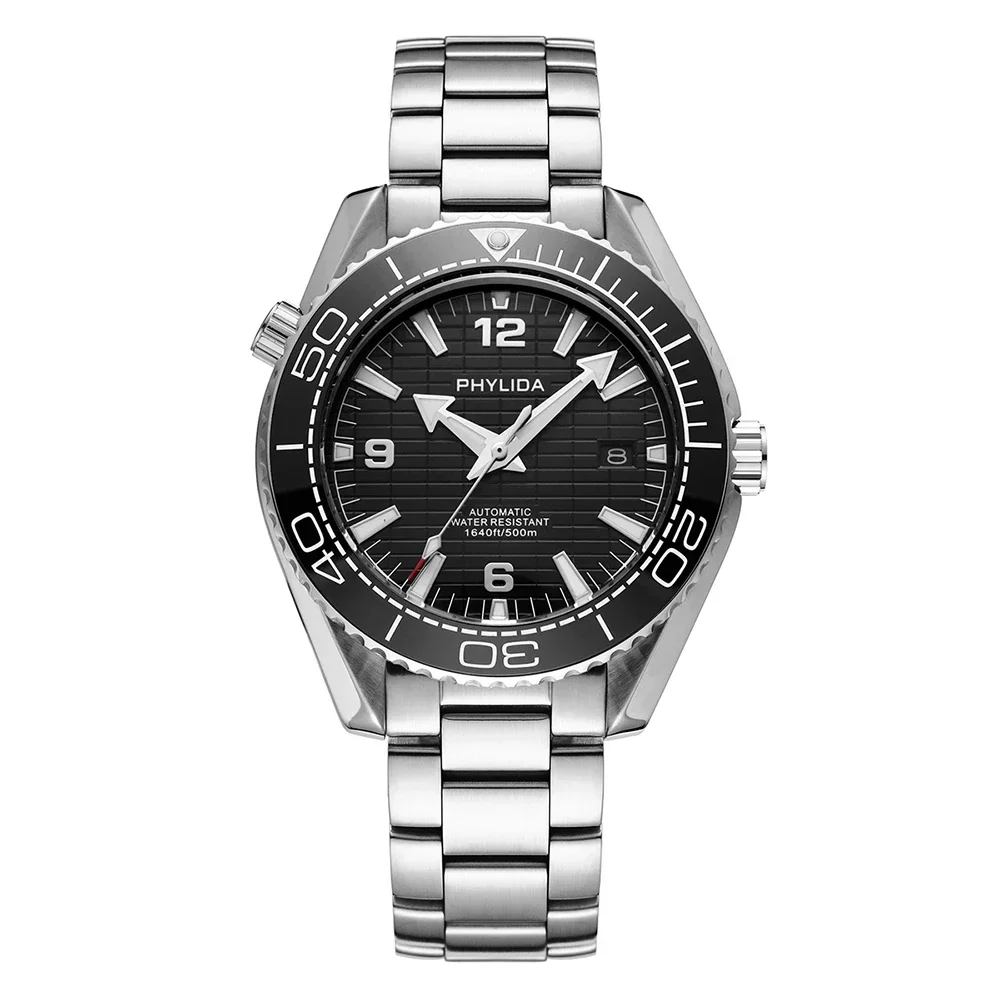
5. Optimizing Hand Design for Maximum Clarity
Watch hands are the dynamic elements that deliver the actual time information. Their design must balance visibility with functional requirements, allowing for instant differentiation while preventing overlap confusion.
Essential hand design principles include:
- Distinctive shapes: Hour hands typically feature broader, shorter profiles while minute hands are longer and thinner, creating immediate visual differentiation
- Optimal proportions: Hour hands should reach the inner edge of hour markers, minute hands should extend to the minute track, and seconds hands often reach the outer edge
- Width ratios: A common standard maintains the hour hand at approximately 1.5-2x the width of the minute hand
- Counterbalance design: The portion extending behind the center should be visually distinct from the primary hand to prevent confusion
- Stack clearance: Proper spacing between hands in the center stack prevents visual merging
- Parallax reduction: Hand designs that sit close to the dial minimize reading errors when viewed from angles
Specialized hand designs often include functional elements like arrow tips for precise minute reading or distinctive colors for specific functions. Many military-inspired automatic watches feature sword or arrow hands that combine traditional aesthetics with tactical functionality.
The performance requirements for hands in automatic watches used in military service include resistance to shock and vibration while maintaining perfect alignment—even minor deviations can impact readability when precision timing is critical.
6. Color Application for Enhanced Readability and Information Coding
Strategic color usage dramatically impacts tactical dial readability, providing instant information through both contrast and coded meaning. Color choices must work across varying light conditions while conveying specific information.
Effective tactical color application includes:
- Maximum contrast ratios: White or light-colored elements on black backgrounds typically offer optimal readability in varied conditions
- Functional color coding: Red often indicates warnings or critical timing zones, yellow highlights caution areas, while green denotes safe or normal operational ranges
- Color distinction: Selectively applied accent colors separate different functions (timing vs. second time zone)
- Universal design considerations: Approximately 8% of men have some form of color vision deficiency, making redundant coding systems essential
- Environmental adaptation: Colors must remain distinguishable underwater, in bright sunlight, and during night operations
The most effective rugged automatic watches employ color sparingly but strategically. Rather than decorative application, each color serves a specific informational purpose that enhances functionality.
Color stability across temperature ranges and aging presents another consideration. Tactical timepieces must maintain their visual performance throughout their operational lifespan, often in extreme environments that can accelerate color degradation.
7. Illumination Systems for All-Condition Visibility
A tactical watch must remain readable in complete darkness, bright sunlight, and everything in between. Modern illumination technologies have dramatically improved all-condition visibility while addressing operational requirements.
Key illumination considerations include:
- Luminous technologies: Super-LumiNova compounds offer non-radioactive brightness but require light “charging,” while tritium gas tubes provide self-powered illumination for up to 25 years without recharging
- Strategic application: Illuminating only essential elements (hands, hour markers, and critical indicators) preserves night vision while providing necessary information
- Brightness duration: Military specifications often require minimum visibility periods—typically 7+ hours of usable brightness after exposure to light
- Color selection: Green luminous material (520nm wavelength) offers optimal visibility for dark-adapted eyes, while blue appears brighter in twilight conditions
- Transitional performance: The best systems maintain readability during the critical transition between lighting conditions
Illumination represents a significant advancement in tactical timepieces, with field-tested automatic watch designs demonstrating how theoretical principles translate into real-world performance. The most effective systems consider both immediate readability and long-term operational requirements.
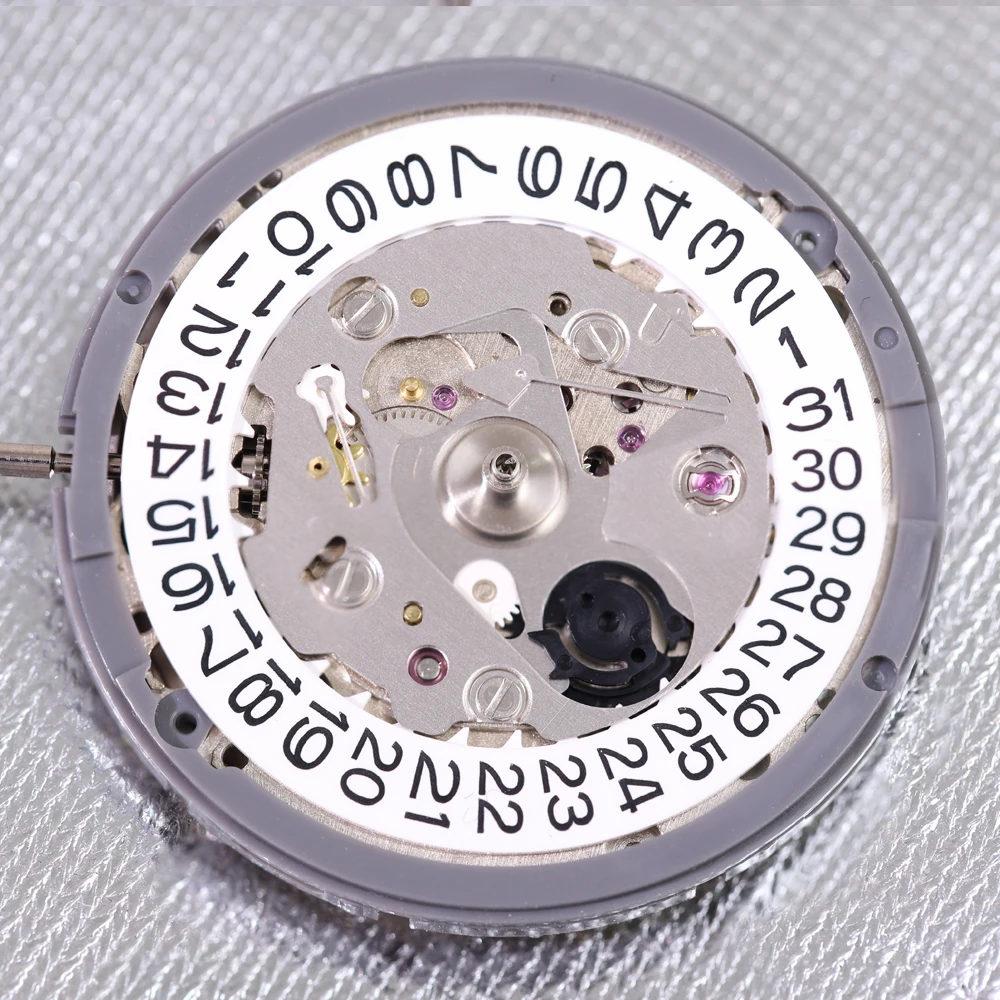
8. Case Studies: Analyzing Successful Tactical Dial Designs
Examining battle-proven tactical watch designs reveals how theoretical principles translate into functional excellence. These timepieces represent decades of refinement based on real-world feedback from professionals operating in demanding environments.
The classic military field watch demonstrates minimalist efficiency with high-contrast white numerals on a black background, 12/24-hour markings, and luminous cardinal points—a design proven effective from World War II through modern conflicts.
Professional diving watches incorporate unidirectional rotating bezels with prominent minute markings, exceptional luminosity, and high-contrast hands scaled for underwater visibility. These designs allow for critical decompression timing even in turbid water with limited visibility.
Aviation chronographs feature slide rule bezels, multiple scales, and highly legible subdials that enable pilots to make rapid calculations while maintaining situational awareness in the cockpit—combining mathematical functionality with instant readability.
Professional-spec dive watches reveal how purposeful design choices directly improve safety and functionality. Features like oversized markers at critical timing points (15-30-45 minutes) facilitate decompression stop timing, while distinctive bezels provide tactile feedback for gloved operation.
The common thread among these successful designs is their implementation of human factors principles—each element serves a specific functional purpose while working together as an integrated system.
9. Testing and Evaluating Tactical Dial Readability
Rigorous testing separates truly functional tactical watches from those that merely look the part. Standardized evaluation methods ensure readability across all intended operating conditions.
Effective tactical watch testing protocols include:
- Contrast measurement: Specialized equipment quantifies the actual contrast ratio between dial elements in various lighting conditions
- Timed reading tests: Subjects must correctly identify displayed time within specific thresholds (typically under 1 second for basic time, under 3 seconds for complications)
- Environmental simulation: Testing includes underwater conditions, high-vibration environments, extreme temperatures, and transitional lighting
- Parallax evaluation: Reading accuracy from multiple angles ensures the watch remains functional regardless of viewing position
- User feedback integration: Field testing with actual military, diving, or emergency service personnel provides real-world validation
Military Inspired Automatic Watches, Rugged Automatic Watches, Tactical Automatic Watches
Price range: $852.14 through $994.60 Select options This product has multiple variants. The options may be chosen on the product pageBronze Automatic Watches, Military Inspired Automatic Watches, Professional Spec Dive Watches
Price range: $1,442.21 through $1,442.82 Select options This product has multiple variants. The options may be chosen on the product pageProfessional Spec Dive Watches, Titanium Automatic Watches
$574.74 Select options This product has multiple variants. The options may be chosen on the product pageClassic Pilot Watches, Military Inspired Automatic Watches
$561.00 Select options This product has multiple variants. The options may be chosen on the product pageRugged Automatic Watches, Unique Automatic Watches
Price range: $228.96 through $231.10 Select options This product has multiple variants. The options may be chosen on the product pageClassic Field Watches, Military Inspired Automatic Watches
Price range: $280.87 through $338.51 Select options This product has multiple variants. The options may be chosen on the product page
Iterative design based on testing feedback remains essential for continuous improvement. The most respected tactical timepieces undergo multiple refinement cycles, with each generation addressing specific performance limitations identified through rigorous testing and field use.
Military watch features engineered for extremes often exceed standard testing protocols, ensuring performance margins that account for worst-case scenarios rather than merely meeting minimum requirements.
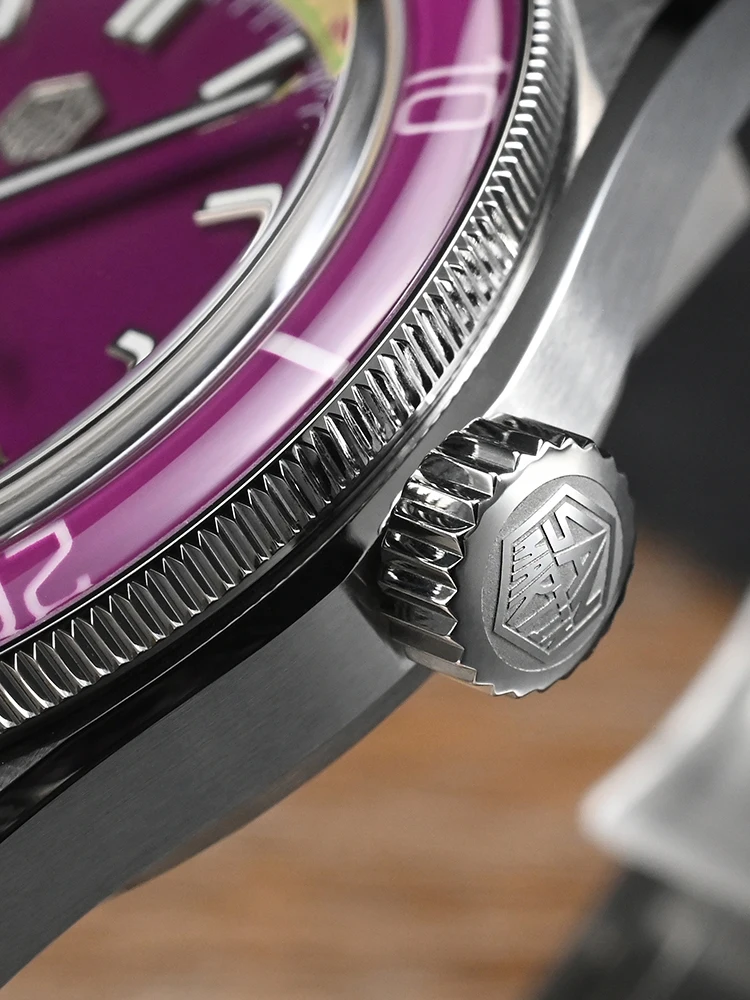
10. Future Trends in Tactical Watch Readability
The evolution of tactical timepieces continues as new technologies, materials, and human factors research emerge. While maintaining the core principles of readability, several innovations are shaping the future of tactical watch design.
Emerging trends include:
- Hybrid display systems: Combining traditional analog readability with selective digital elements for specialized functions
- Advanced luminous materials: New compounds providing significantly longer duration and higher brightness without radioactive elements
- Variable display modes: Systems that can adapt to changing conditions, offering different information hierarchies based on operational needs
- Material innovations: Anti-reflective crystals with improved impact resistance and clarity across temperature extremes
- Customizable legibility: Adjustable contrast and illumination systems that adapt to individual visual requirements while maintaining tactical functionality
These advancements build upon established principles rather than replacing them. The ultimate guide to tactical features in automatic wristwatches demonstrates how core readability requirements remain constant even as implementation technologies evolve.
As operational environments become more complex, tactical watch design will likely incorporate more specialized features while maintaining the fundamental requirement for instant, accurate time reading under any condition.
11. Essential Maintenance Practices for Preserving Dial Readability
Even the best-designed tactical watch requires proper maintenance to preserve its readability throughout its service life. Environmental exposure, aging, and normal wear all impact visual performance over time.
Key maintenance practices include:
- Crystal care: Regular cleaning with appropriate materials prevents scratches and residue that can obscure dial elements
- Luminous element preservation: Minimizing unnecessary UV exposure can extend phosphorescent compound lifespan
- Professional servicing: Periodic inspection ensures hands remain properly aligned and dial elements secure
- Readability testing: Simple self-assessment in various lighting conditions can identify degradation before it becomes critical
- Environmental protection: Utilizing crown locks, case seals, and appropriate storage to prevent moisture intrusion that can damage dial surfaces
Features found in outdoor-ready watch cases provide important protection for dial elements, but user maintenance remains essential. Understanding how environmental factors affect specific dial technologies helps users develop appropriate care routines.
The maintenance investment pays significant dividends in operational reliability—a properly maintained tactical timepiece will deliver consistent performance throughout its service life, ensuring readability when it matters most.
12. Conclusion: Applying Readability Principles to Your Next Tactical Timepiece Selection
The science of tactical watch readability represents the intersection of human perception research, design expertise, and practical application. By understanding these principles, you can make informed choices when selecting a timepiece for critical operations.
When evaluating tactical watches, prioritize these essential features:
- High-contrast dial with clear differentiation between elements
- Appropriately sized and shaped hands that prevent confusion
- Strategic illumination that remains visible throughout intended operations
- Legible typography with proper scaling and spacing
- Logical layout that facilitates instant recognition
- Proven performance in your specific operating environment
The most effective tactical watches balance these functional requirements with aesthetic considerations, delivering timepieces that perform flawlessly while maintaining visual appeal. The investment in a properly designed tactical watch pays dividends in reliability, safety, and operational effectiveness.
Whether for military operations, professional diving, aviation, or emergency services, the principles of human-centered design ensure your timepiece delivers critical information instantly—because in tactical situations, every second counts.

